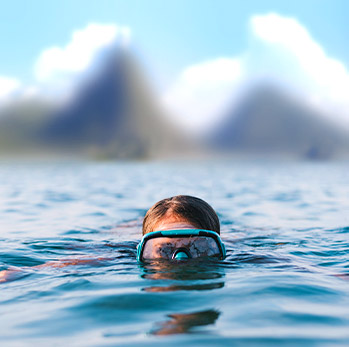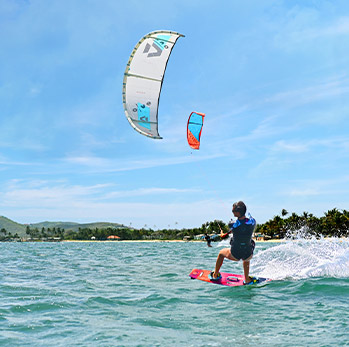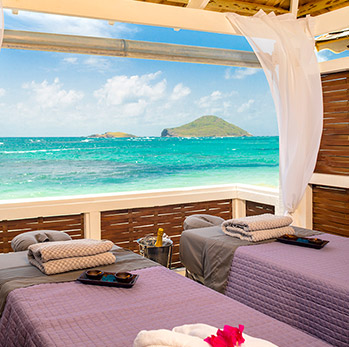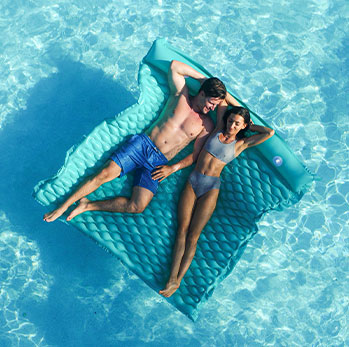
Surf Shack FAQs
HOW MUCH DOES IT COST TO START KITESURFING?
Due to the nature of the sport, it’s mandatory to have lessons.
Based in a fun process, our IKO Certified instructors will guide you through all the safety procedures and will get you flying the kite in no time! Why not start by joining our JUST TRY IT beginner course? Starting at $190usd (single lesson $240 for double lesson) this 2-hour experience is the ideal way to introduce you to this thrilling sport.
HOW DO I START?
You could attempt kitesurfing by yourself, but you may not live to tell about it! In the initial stages it is critical that you receive proper instruction. Kitesurfing safety is key, and our certified instructors will teach you how to gradually control your kite. You’ll start with smaller kites on land and progress surfing and boarding in the water. It does not take long to learn, and once you’ve got the basics, you can progress at your own speed.
WHEN ARE THE BEST MONTHS TO GO KITESURFING?
Due to the wind speeds in Saint Lucia, the best months for kitesurfing are November through July.
WHAT ARE THE AVERAGE WIND SPEEDS/CONDITIONS?
During the peak season, you can expect frequent 20-25 knot winds. Temperatures in Saint Lucia stay between 27 – 33°C / 80 – 90°F all year long.
DO I NEED PRIOR EXPERIENCE IN ANY OTHER WATER SPORT BEFORE STARTING KITESURFING?
No. But if you’ve already got good board or kite skills it will accelerate your learning. Kitesurfing is a very easy sport to learn and enjoy.
WHAT SIZE OF KITE SHOULD I BUY?
You don’t need to purchase equipment prior to trying this sport. The SURF SHACK at Coconut Bay has top-of-the-line equipment for rent. If you end up loving the sport and want to purchase your own equipment, the kite size that you need depends on your weight, skill level and wind strength in your location. Most shops and instructors will be able to advise you on the best equipment to purchase.
CAN I PRACTICE ON LAND?
With a stunt or learning kite, yes. With a water kite, No! Water kites are extremely powerful and could cause injury.
HOW CAN I MEET OTHER KITE SURFERS TO LEARN MORE ABOUT THE SPORT?
Introduce yourself on the beach at Coconut Bay! Most kitesurfers are friendly people. Most will be open for a chat while they set their gear up. If the wind hasn’t picked up, you may notice they’re a bit “edgy” and want water as quickly as possible.
Visit the pros on Facebook or Jump in on forums to ask a few questions – we’ve all been through the learning stage and most people are willing to help newcomers to the sport.
WHERE CAN I GET GEAR?
We have all the equipment you could possibly need for rent at Coconut Bay’s SURF SHACK.
IF I BRING MY OWN GEAR, CAN YOU STORE IT?
Yes! We have ample space to store gear for our guests, and if you forget anything we supplement your gear with rentals from the resort. Storage fees do apply.
ARE THERE RULES ABOUT WHERE WE CAN SURF ON THE RESORT BEACH?
Yes. For your safety, our instructors will advise you of the designated kitesurfing areas.
IS KITESURFING A RISKY SPORT?
Yes, but only as much risk as there is in other outdoor sports. Those who are new to the kiteboarding need to take the necessary safety precautions, be aware of their surroundings and follow all guidelines provided by the instructor. Doing these three things makes it easy to have a safe and enjoyable kitesurfing experience. Should you be caught in an emergency, we have a rescue boat alert and available at all times.
WHAT HAPPENS WHEN THE KITE FALLS IN THE WATER?
Modern kites are excellent at re-launching. Tug a few lines and it’s in the air again. If you’ve managed to crash your kite, you will have to start back at step one. Generally speaking, it’s rare that your kite won’t re-launch, but it can happen – just be aware.
CAN A KITESURFER GO UPWIND?
Yes!
HOW HIGH CAN I JUMP?
When it comes to jumps and stunts, your only limits are your fear and the wind strength! You’ll start off doing small jumps around 20cm (about 8 in) and feel as if you’ve touched the clouds. Skilled kiteboarders can jump 10+ meters (about 33 feet)!
WHAT IS THE “POWER ZONE”?
As you place the kite downwind, it will develop different amounts of pull. There are certain parts in the downwind area that pull stronger than others – that’s just one reason proper instruction is a good idea – and the “power zone” has the most. (You definitely don’t want to learn where the power zone is while standing on the beach!)









